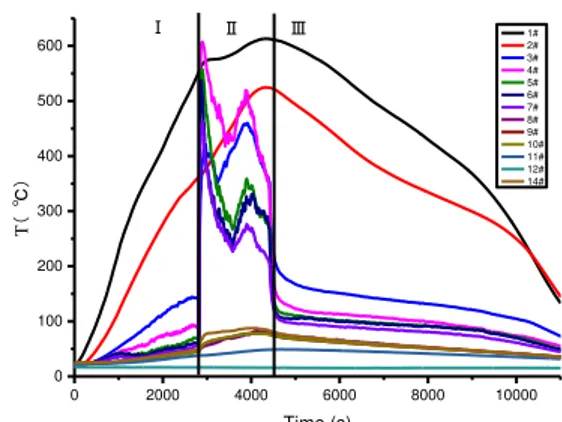Experimental Study on the Changing Rules of Coal Fire Indictor Gases of the Whole Combustion Phases in Confined Space
Texto
Imagem




Documentos relacionados
The relative concentrations of PM 2.5 in the kitchen and living room during coal combustion were significantly higher than during non-coal combus- tion, and linear regression
We also determined the critical strain rate (CSR), understood as the tangent of the inclination angle between the tangent to the crack development curve and the crack development
concepts of line of care and therapeutic itinerary have been explored from different perspectives, mostly in a fragmented way and confined to a description of paths or flows, of
The spectrum at 295 K of the magnetic fraction of sample F1 shows four components: a WF hematite sextet, the two magnetite sextets, and a weak Fe 3+ doublet ( Fig!. The
The utilization of reflected-light microscopy and SEM allowed the identification of coal particles thermally affected, tectonized, weathered, coarse min- eral matter, bind fine coal
The probability of attending school four our group of interest in this region increased by 6.5 percentage points after the expansion of the Bolsa Família program in 2007 and
During co-combustion, the blending ratio of biomass and coal had a significant impact on emission of gases. In order to optimize blending ratio of coal and biomass, different
social assistance. The protection of jobs within some enterprises, cooperatives, forms of economical associations, constitute an efficient social policy, totally different from
